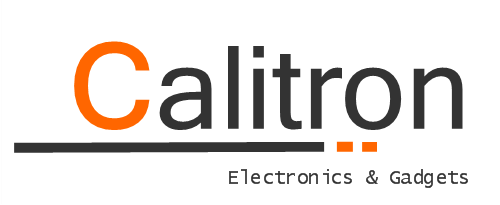
Thermal Imaging Cameras & Night Vision Devices - The Technology
shares
Night vision and thermal imaging cameras have become increasingly popular in recent years. They offer a unique way to see the world around us, even in total darkness or through fog and smoke. In this blog post, we take a closer look at these two technologies and how they can be used for surveillance purposes.
Thermal imaging cameras use infrared radiation (heat) to detect objects that are invisible to the naked eye. This technology is particularly useful for detecting people or animals moving in dark areas such as fields or forests, as their body heat appears on the camera's screen as an orange-red color against the black background - something that can be done with regular night vision devices alone is not recognizable.
Thermal imaging cameras also work well in low light conditions, such as B. at dusk when visibility is limited, but a light source must still be available, e.g. moonlight reflected off the clouds, etc. In addition, these devices are capable of penetrating certain materials such as fog, making them ideal for surveillance applications where visual clarity is compromised due to environmental factors that are beyond your control (e.g. the weather) could be affected.
On the other hand, night vision goggles allow for clear vision without additional light sources; they amplify the light that is present using intensifier tubes which capture photons from starlight etc. and then convert these signals into images that are viewable on the screen, much like traditional television sets when watching a late night after dark Transmitter on! Night vision goggles also offer better contrast than thermal imaging cameras as there is no interference from hot spots caused by nearby objects that emit heat signatures and could confuse readings when using thermal imaging equipment - making it easier to find targets even on nighttime missions to identify quickly if necessary!
Overall, both technologies have advantages that depend on the needs of each; whether you need long-distance detection capability (thermography) or more detailed images from close range in extreme conditions with low ambient light (night vision), either option should be sufficient with appropriate training and experience with the type of device before committing to actual use" dare in the field".
